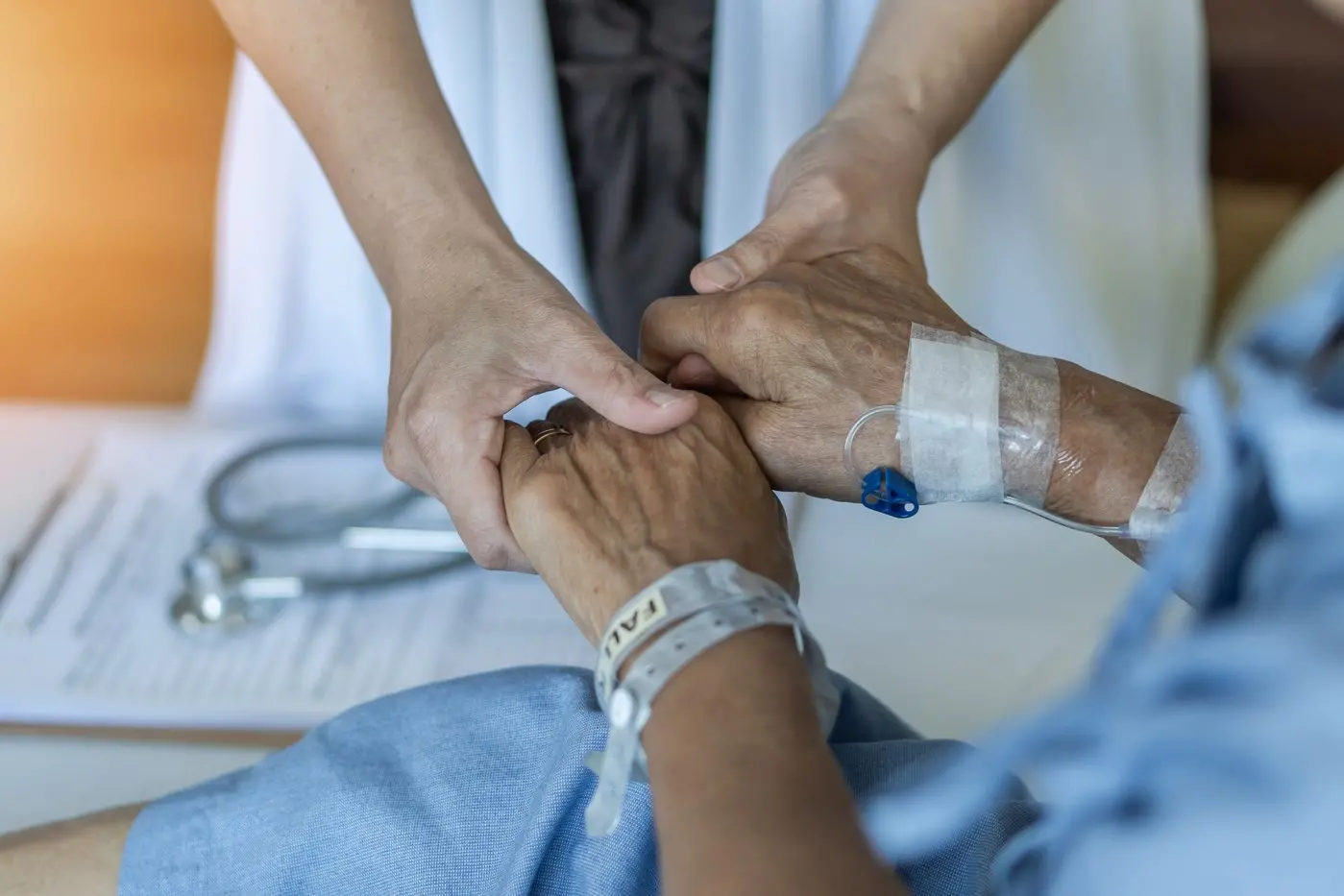PHOTO
It's something that few of us want to think about, but – with a rapidly-ageing population combined with the poorer health of many rural Australians – improved palliative care is essential for regional areas, our top bush doctor group believes.
It is therefore essential that governments actively plan for growing demand for local palliative care options in rural and remote communities, and invest now to meet that demand, the Rural Doctors Association of Australia (RDAA) has warned during National Palliative Care Week.
“The need for palliative care will increase significantly in Australia as our population ages – and this will be exacerbated in the bush,” RDAA president Dr Megan Belot said.
“When you consider the greater incidence of chronic disease, poor health, poorer access to healthcare and the tyranny of distance that impacts many rural, remote and First Nations people, it is essential that we enhance the provision of palliative care services in rural areas to meet the increasing demand in coming years," she said.
“To this end, we must actively build a rural health workforce that has specific skills training in palliative care, to ensure we can meet future demand for locally-available palliative care in our rural and remote communities," Dr Belot added.
In current trends, there will simply not be enough of specialist palliative care doctors and nurses in the years to come, unless there are plans to encourage more of the next generation of rural health professionals to undertake that extra training.
“By implementing greater upskilling of the wider multidisciplinary healthcare team in palliative care – including doctors, practice nurses and nurse practitioners – we will be much better placed to meet the demand for palliative care in the bush in the next decade.
“The Federal Government’s announcement during the recent Federal Budget to boost funding through the Commonwealth’s Workforce Incentive Program (Practice Stream) was greatly welcomed... but it is also critical that in the State-funded hospital and health services plans are implemented to boost the number of rural health professionals who have palliative care skills in their care toolkit," Dr Belot said.
She said that palliative care training could be included in the new "Rural Generalist" category of doctors that the RDAA has long advocated for.
“Additionally, while palliative care does not have the high profile of obstetrics or anaesthetics as a field of medicine, it is a recognised 'Advanced Skill' in which future Rural Generalist doctors can train," she said.
"This should be actively encouraged, given the value these doctors will bring to their rural communities in the years to come," she added.
Distances from major teaching hospitals, and attachments to their communities, is another important motivation for improving country care for those in late-stage illnesses, she said.
“Rural, remote and First Nations people with life-limiting illnesses want to receive palliative care close to home – they don’t want to be located in a distant hospital receiving care while their family is hundreds of kilometres away," she said.
"It is critical we ensure we can provide this service locally in our rural and remote communities, both now and into the future,” Dr Belot concluded.





